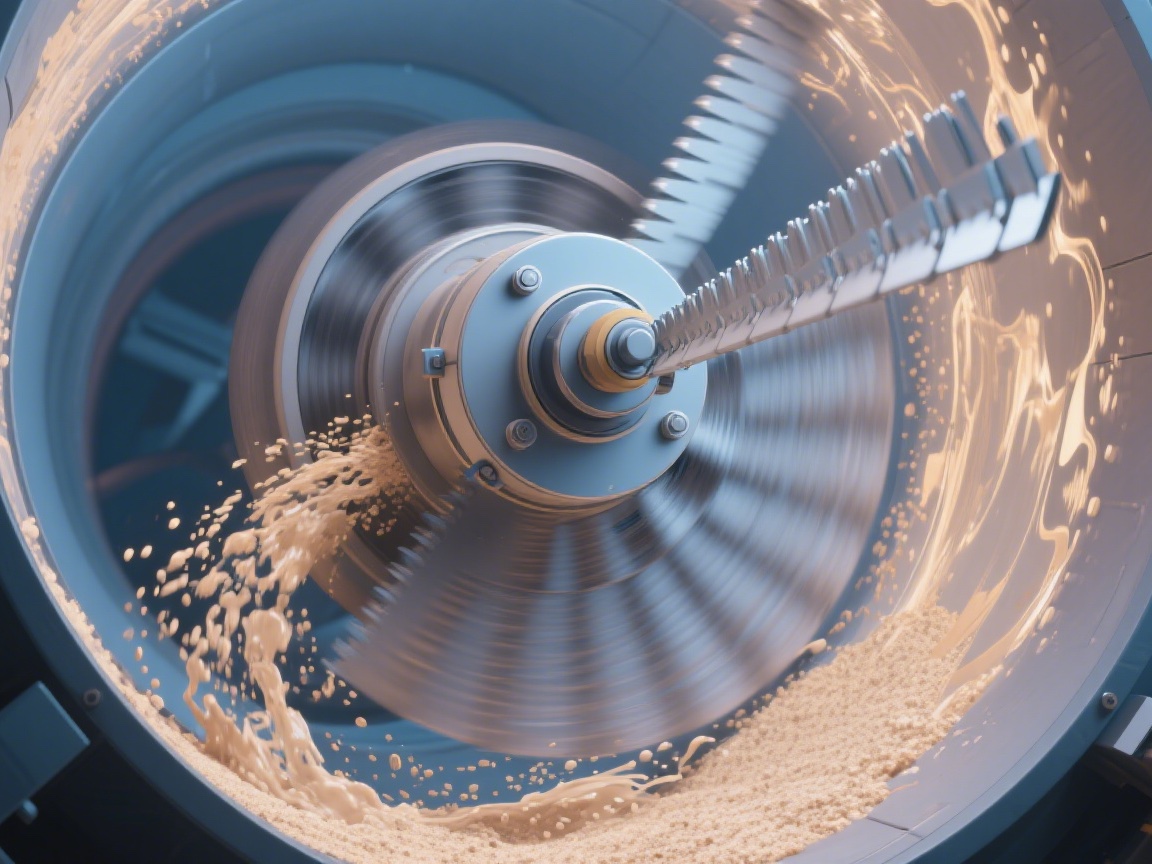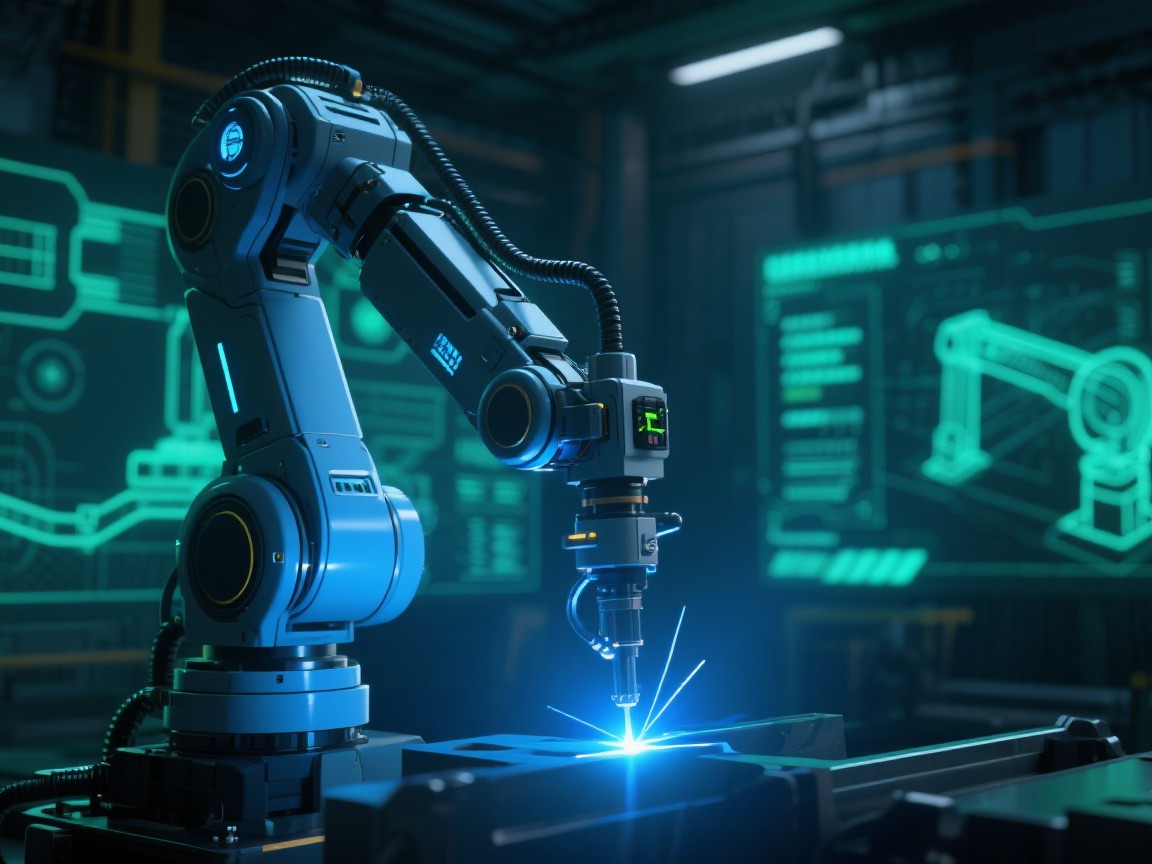
Evaporator Working Explained: Full Guide to Principles, Types, Troubleshooting & FAQs 【2025 Edition】
1. Introduction: Why Understanding Evaporator Working Matters
Evaporation is everywhere — from how rain forms, to how refrigerators stay cold, to how industries concentrate liquids, recover solvents, or produce purified water. And at the heart of almost every evaporation-based technology lies an essential component:
The evaporator.
Whether you are a student, an engineer, a purchaser, or a plant operator, understanding how an evaporator works helps you:
Diagnose equipment problems
Select the right evaporator for your process
Optimize energy consumption
Improve production efficiency
Avoid costly downtime
This pillar page covers EVERYTHING — from basic concepts to step-by-step working principles, refrigeration evaporators, industrial evaporators, evaporative coolers, common failures, FAQs, and buyer guidance.
2. What Is Evaporation? (The Foundation of All Evaporator Technology)
Before understanding evaporators, we must understand evaporation itself.
Evaporation Definition
Evaporation is the process where molecules at the surface of a liquid gain enough energy to escape into the gas phase.
Why This Matters
Evaporators are engineered devices that accelerate, control, and optimize this naturally slow process.
3. What Is the Working Principle of Evaporation? (Beginner Version & Technical Version)
3.1 Simple Explanation (for beginners)
Evaporation happens when:
Liquid molecules absorb heat
They move faster
The fastest molecules escape as vapor
That’s it — evaporation in everyday terms.
3.2 Technical Explanation (for engineers)
Evaporation occurs when:
The vapor pressure of the liquid equals or exceeds the surrounding partial pressure
Heat added to the liquid increases its temperature to the boiling point
Latent heat of vaporization is supplied to convert liquid to vapor
Industrial evaporators exploit:
Heat transfer
Pressure reduction
Turbulent flow
Surface area maximization
To increase evaporation efficiency.
4. Why Is Evaporated Water So Clean?
Evaporation naturally removes:
Salts
Metals
Bacteria
Organic impurities
Suspended solids
Because these contaminants do not evaporate — they stay behind as the water vapor rises and later condenses.
This is why evaporation is used in:
Distillation
Desalination
Solvent recovery
Pharmaceutical purity processes
5. What Is an Evaporator? (Full Explanation)
An evaporator is a device designed to turn liquid into vapor by:
Supplying heat
Reducing pressure
Increasing liquid surface area
Improving fluid turbulence
Common evaporator types:
Refrigeration evaporator
Falling film evaporator
Forced circulation evaporator
Plate evaporator
Rotary evaporator
Evaporative cooler
6. What Is the Principle of an Evaporator?
Regardless of the design, all evaporators follow the same core principle:
Add heat + promote phase change + remove or collect vapor.
In refrigeration, the evaporator absorbs heat from air or water.
In industrial equipment, it evaporates liquid to concentrate or separate components.
In evaporative coolers, it uses evaporation to cool air.
7. How Does Evaporation Work Step by Step? (Process Flow)
Step 1 — Heat Transfer
Heat moves from a hot surface or fluid into the liquid.
Step 2 — Temperature Rise
Liquid temperature approaches its boiling point.
Step 3 — Boiling & Vapor Formation
Heat breaks molecular bonds — liquid becomes vapor.
Step 4 — Vapor Removal
Vapor is transported out of the evaporator chamber.
Step 5 — Concentration or Separation
The remaining solution becomes more concentrated.
8. How Do Industrial Evaporators Work? (With Falling Film Example)
Let’s use the falling film evaporator — one of the most efficient industrial designs.
How a Falling Film Evaporator Works
Liquid enters at the top
It forms a thin film along the inner tube walls
Heating medium (usually steam or hot water) flows around the tubes
Heat causes rapid evaporation along the falling path
Vapor and concentrated liquid separate at the bottom
Vapor goes to a condenser
Concentrate goes to product outlet
To understand where falling film evaporators outperform other designs, explore What Is a Falling Film Evaporator and Why It Matters for Modern Industries.
Benefits
Low energy consumption
Ideal for heat-sensitive materials
High evaporation efficiency
Faster processing
Minimal product degradation
For a broader view of evaporator applications across industries, refer to our article In-depth Analysis and Application of Evaporator Technology
9. How Does the Evaporator Work in a Refrigerator?
A refrigerator evaporator works differently from industrial types.
Refrigerator Evaporator Working Principle
Refrigerant enters as a low-pressure liquid
It absorbs heat from inside the fridge
This heat causes the refrigerant to evaporate
As the refrigerant evaporates, it cools the space
The refrigerant vapor returns to the compressor
10. How Cold Should an Evaporator Coil Be?
Typical ranges:
System
Normal Evaporator Coil Temperature
Domestic refrigerator
-26 to -18°C (-15 to 0°F)
Air conditioner
1–7°C (34–45°F)
Industrial chiller
-40°C to +5°C depending on application
If the coil is too warm → poor cooling
If the coil is too cold → ice formation, airflow issues
11. How to Tell If an Evaporator Is Bad
Common Symptoms
Weak cooling
Ice buildup
Strange noises
High energy consumption
Refrigerant leaks
Uneven temperature
Frequent compressor cycling
Water dripping or puddles
Diagnosis Checklist
Check coil temperature
Check air flow
Inspect for frost
Verify refrigerant pressure
Check for clogs or dirt
12. How Does Evaporative Cooling Work?
Evaporative cooling is based on a simple natural principle:
When water evaporates, it absorbs heat.
Used in:
Evaporative coolers
Cooling towers
Industrial ventilation
Greenhouses
Outdoor cooling
13. How Do Evaporative Coolers Work?
Evaporative coolers (also called swamp coolers) follow this sequence:
A fan pulls warm air through wet pads
Water evaporates from the pads
Evaporation absorbs heat from the incoming air
Cooled air is blown into the room
Warm air exits through windows or vents
This process works best in dry climates.
14. Buyer’s Guide: Choosing the Right Evaporator
Factors to evaluate:
Operating temperature
Heat-sensitivity of material
Throughput requirements
Energy consumption
Cleaning difficulty
Footprint and installation space
Level of automation
Cost of ownership
For large-scale industrial processes, falling film evaporators are currently the leading choice.
For readers focused on steam reduction and multi-effect strategies, see our dedicated analyses on triple-effect evaporators, wastewater evaporation, and energy optimization in crystallization evaporators.
15. Additional High-Value Long-Tail Keywords (Supplement List)
how an evaporator coil works
evaporator function in refrigeration system
signs of a bad evaporator coil
falling film evaporator advantages
evaporative cooler working principle
evaporator system efficiency
industrial evaporation process design
how to diagnose evaporator problems
17. Full FAQ Section (SEO-Optimized)
Q1: What is the working principle of evaporation?
Evaporation occurs when liquid molecules gain enough energy to escape into vapor.
Q2: What is the principle of an evaporator?
Add heat → induce phase change → remove vapor.
Q3: How does the evaporator work in a refrigerator?
It absorbs heat from food storage compartments, cooling the space.
Q4: Why is evaporated water clean?
Contaminants do not evaporate; only pure water does.
Q5: How do evaporative coolers work?
Hot air passes through wet pads → water evaporates → air cools.
Q6: How to tell if my evaporator is bad?
Weak cooling, frost buildup, strange noises, or refrigerant leaks.
Q7: How cold should an evaporator coil be?
Typically 1–7°C for AC systems, much lower for refrigerators.
For more beginner-friendly Q&A insights, see Three Questions and Answers About Evaporators.
Disclaimer: This website respects intellectual property rights. If any infringement is found, please contact this website in a timely manner for handling.
November 25, 2025
563
 Industry News
Industry News Industrial Manufacturing: AI-Driven Upgrade of Smart Manufacturing
Industrial Manufacturing: AI-Driven Upgrade of Smart Manufacturing
 Current Affairs
Current Affairs